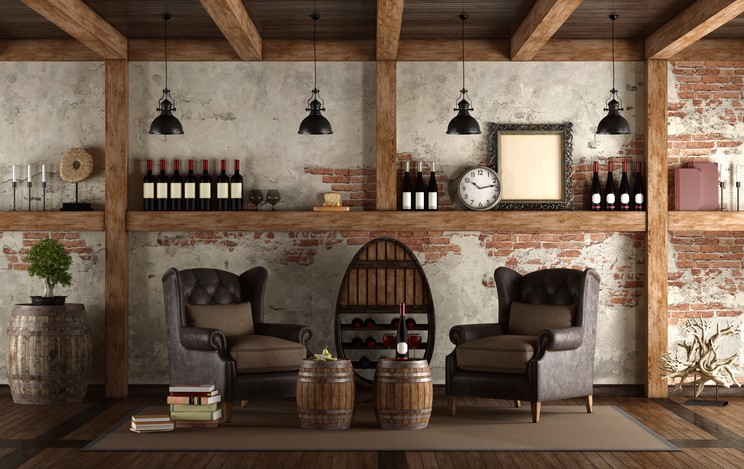Don’t let the salespeople fool you: You don’t need an industry-expert to be savvy enough to buy replacement windows. Sure, there’s some technical lingo. There’s some measuring too, but you’ve got this. It’s truly much simpler than it seems.
Follow this simple guide and you’ll be seeing the world through shiny new windows in no time at all.
How to know if you need New Windows
If your windows are cracked or broken, you may be able to repair it instead of replacing it. For example, you may need weather-stripping to fix a draft or new hardware to fix a broken lock.
If you are unsure about whether you need a repair or replacement, you can attempt a repair. But if your windows are fogging, sticking or refusing to stay open, you’ll likely need a replacement.
If your windows are functioning properly and you simply want an upgrade that will cut energy costs, it’s time for new windows.
Now that you know when to replace your windows, there are a few things you should know about frames and glass.
Everything you need to know about Window Frames
When it comes to windows, you have five basic choices. They each have their own pros and cons and pricing can vary significantly.
Aluminum or metal – This old standby window frame is light and low-maintenance, but it tends to conduct intense heat, which can mess with the window’s insulating properties. If you choose a metal or aluminum window, look for ones with an insulating plastic strip between the interior and exterior of the window’s sash. This is called a thermal break, and it helps offset the heat from the metal.
Fiberglass – Fiberglass frames have some of the best available insulation capacity because they contain air pockets that can be insulated.
Composite – These frames are made of composite wood products like particleboard and strand lumber. It is a very stable choice with better moisture and decay resistance than regular wood.
Vinyl – Vinyl windows are ultra-resistant to sunlight and the elements. They are usually made of PVC (polyvinyl chloride) with ultraviolet light stabilizers for added protection. Much like with fiberglass, vinyl window frames have hollow cavities that can be filled with insulation.
Wood – Wood frames are a solid choice (pun intended) that insulate well, but they expand and contract with changing weather conditions. Wood frames also need to be refinished or painted regularly.
Types of Window Glass
In the old days, glass was glass. Today, we have a wide range of options that can help insulate, improve efficiency or add to the design of your home.
Gas fills – Some manufacturers fill the space between window panes with inert gasses like argon or krypton to improve their thermal performance.
Heat-absorbing tints – These special tints actually change the color of the glass, but they will also absorb a large portion of the solar rays that come through the window. This reduces solar heat gain and glare.
Insulated – Insulating glazing refers to those windows with two or more glass panes. The panes are spaced apart to leave an insulating air space.
Low-Emissivity Coatings – Low-E coatings control the transfer of heat through insulated glazing. These windows tend to cost more, but they also reduce energy loss.
Spectrally Selective Coatings – This is a type of low-E coating that filters out most of the heat normally transmitted through insulated windows while allowing full light transmission.
Reflective Coatings – Reflective coatings do more to block light than heat, so they’re great for reducing glare, but their main purpose isn’t heat blockage.
How to Measure for Replacement Windows
To measure for replacement windows, you’ll need to get the width, height and depth correct. Follow these guidelines:
Width – Measure between the window jambs from the surface at the top, middle and bottom of the window opening. Use the smallest measurement to order your window.
Height – Measure from the high point of your window’s sill to the top of the window’s opening. Measure once at the left side, once at the center and once at the right side, and use the smallest of these three measurements.
Depth – Ignore all the extra hardware when measuring for depth. When you’re measuring for depth, you want to ensure that there’s at least 3 ¼ inches between the inside window trim and the outside blind stop strip.
This may seem like a lot to take in, but there’s no need to memorize window types. Just decide which replacement windows spark your interest and keep this guide handy when you’re shopping.




